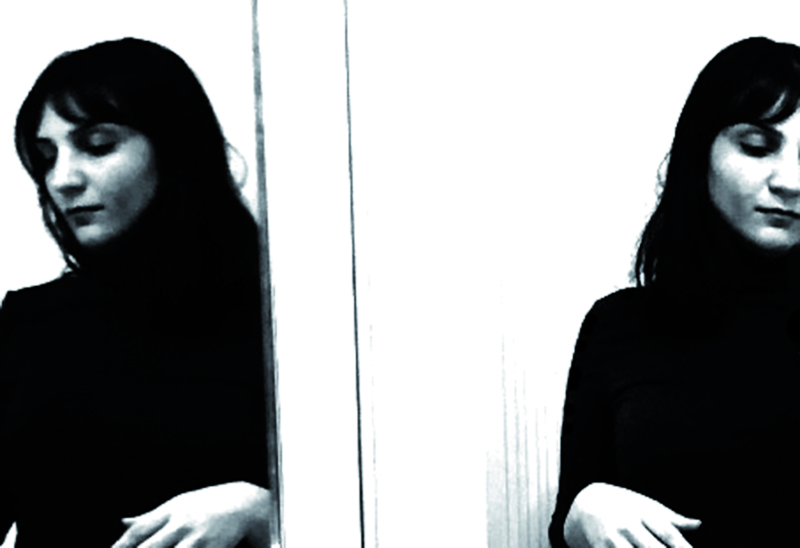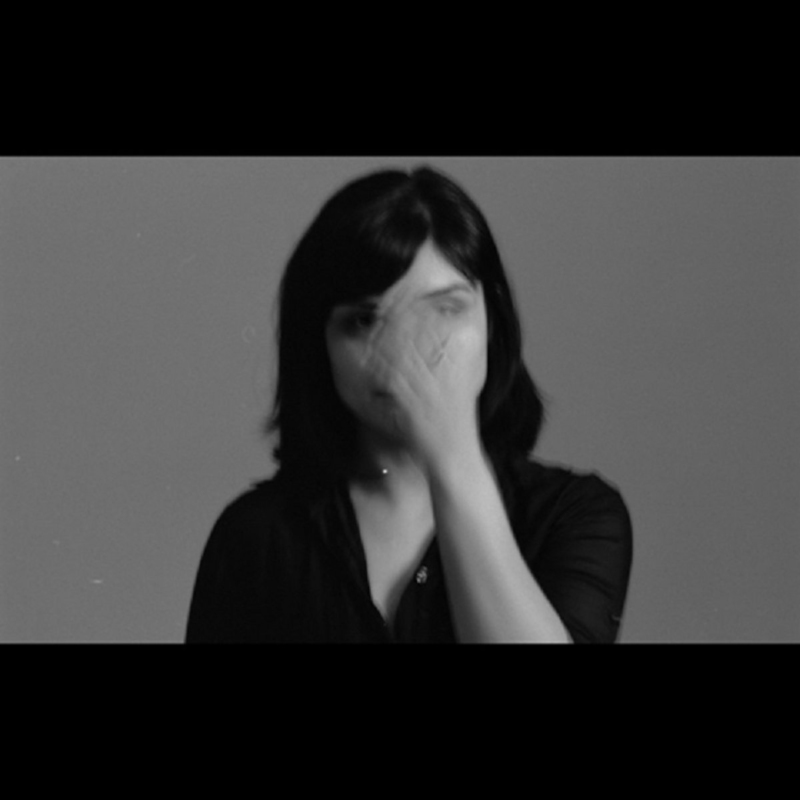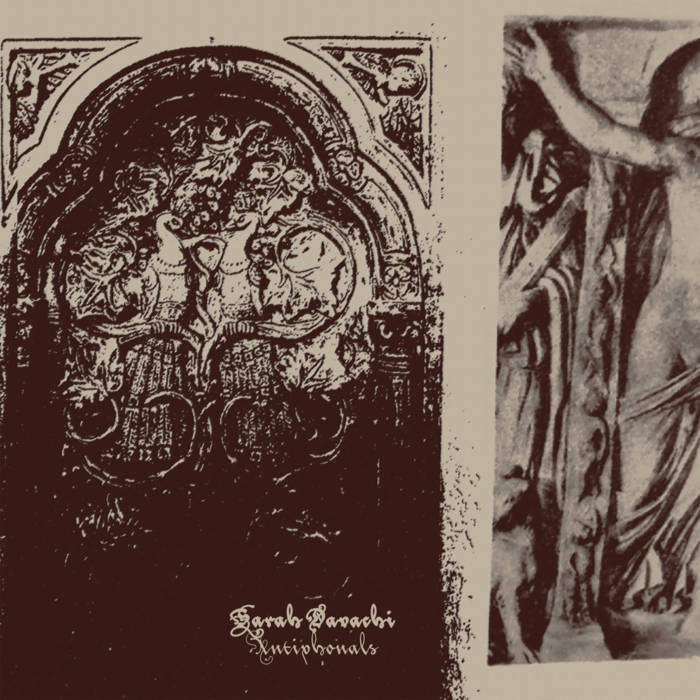READER: THREE UNISONS
21.07.2025

Sarah Davachi: Three Unisons for Four Voices (2024)
for violin, cello, bass clarinet, trombone, percussion & ondes martenot
No Hay Banda:
Adrianne Munden-Dixon (Violine / Violin)
Audréanne Filion (Cello / Violoncello)
Lori Freedman (Bassklarinette / bass clarinet)
Kalun Leung (Posaune / trombone)
Daniel Áñez (Ondes Martenot, Elektronik / Ondes Martenot, Electronics)
Noam Bierstone (Percussion)
Sarah Davachi to the editing teamHello again! Great, this sounds interesting! Below is some text about the piece, which I think would be the best thing to include. In addition, it might be useful to include recordings of two older electroacoustic/acousmatic pieces of mine. These two pieces, called “Chanter” (2015) and “First Cadence” (2020), explore a similar kind of delayed or variable canon and for me they are earlier and more étude-like versions of this piece, which took the concept to a larger and more fleshed out place within the context of a chamber ensemble. The setting of a chamber ensemble is very important considering the aspects of unpredictability, listening, and trust that come when the process is shifted from solo to group interactions. The links for those two pieces are also below.
Three Unisons for Four Voices is a longform composition in three sections, or ‘unisons’, written for four ‘voices’: strings (violin and cello), winds (bass clarinet and trombone), percussion (bowed vibraphone, plate bells, tam-tam) and electronics (ondes Martenot and fixed electronics). These voices and unisons are used to emphasize a certain partitioning of both texture and structure throughout the piece. The concept of the ‘unison’ is brought into motion here; as players proceed with the conventional understanding of a unison, their overlapping monophonies gradually and naturally shift in and out of place, creating a sense of variable canon that is at times ahead of itself and at other times following, always pushing and pulling to a differing degree as the same sequence of pitches runs its course between instruments. Timbral and textural considerations, explored mostly through the percussion and electronic voices, also challenge the feeling of unison in terms of relational consonance and dissonance. The intended experience for the players of this piece is one of direct engagement, in which individuals are actively listening and responding to the acoustic realities of the overall sound at any given moment.
Sarah Davachi


